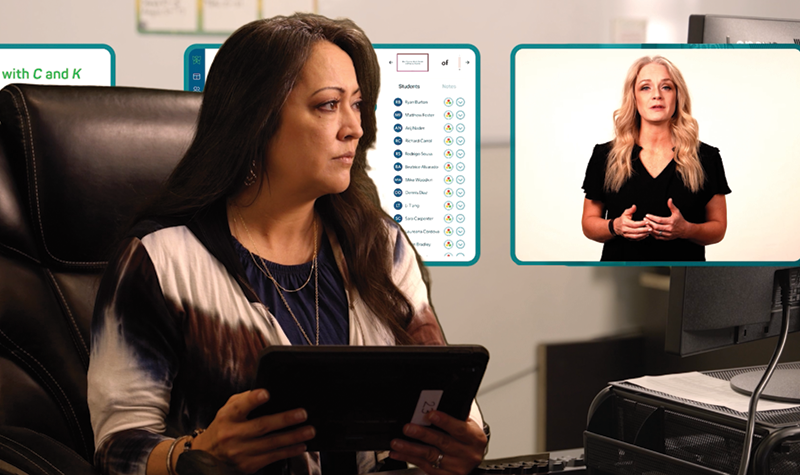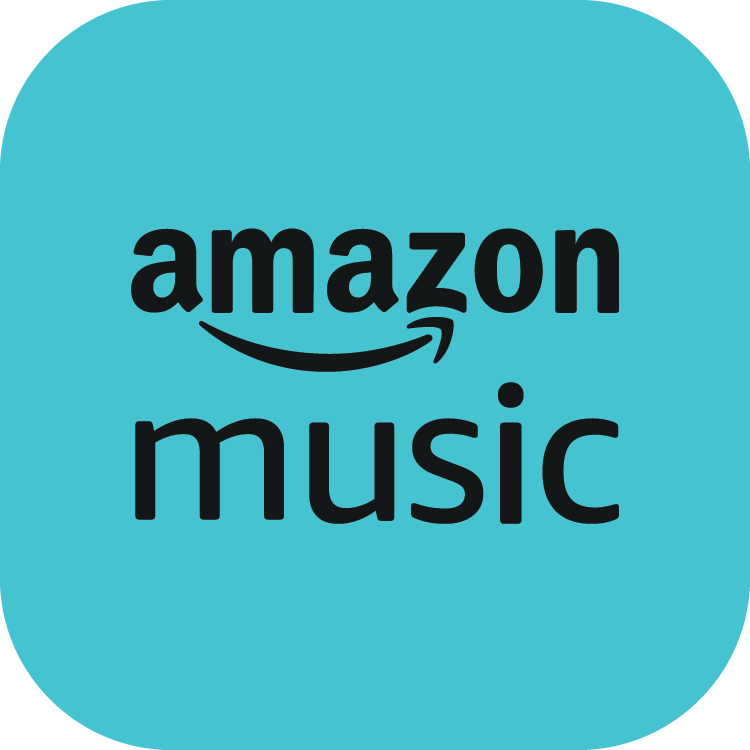INTRODUCTION
Imagine you are in a room full of peers desperate to improve students’ reading skills and test scores. Your district has adopted a new foundational literacy program; today is your chance to learn about it. You hear other attendees muttering, “I wonder how this will be any different,” or “How much more work will this require of me?” Everyone is wondering how they will teach it. What new materials will they have? At the end of the full-day Professional Learning (PL) event, you and your fellow educators are tired with brains full of new information, practices, and routines. Yet, you’re still not feeling ready to teach your students using the new program. Why not? You didn’t get enough time to practice.
Blended learning could be the solution to this issue. What if teachers could access the information they need, right when they need it, on their own devices and schedules? This would free up valuable face-to-face time with an expert PL facilitator to focus on active learning experiences, including practice, during synchronous PL events. Let’s take a closer look at what blended learning is and how it can benefit educators to make PL more effective and allow Reading Horizons to truly show up as a supportive curriculum partner.
BLENDED LEARNING—What is it?
There are various ways educators think of blended learning. You may have heard of or even incorporated blended learning in your classroom or school. For our purposes, we will use the definition provided by Staker in the book Blended. Blended learning is when “a (learner) learns at least in part through online learning, with some element of (learner) control over time, place, path, and/or pace” (Staker et al., 2014, p. 34). As educators, we typically only focus on the idea that students are educated in part through online instruction without considering that true blended learning must give the student control of some aspect of objectives and practice as well.
EDUCATOR BENEFITS of blended learning
The element of control that blended learning provides is especially crucial when considering it in a professional learning setting. In education, time is precious. Giving educators control over the time, place, and pace that they engage with PL can go a long way in improving attitudes toward PL and the learning itself. Giving learners choice, ownership, and voice through authentic learning opportunities allows facilitators and learners to create significant learning environments together (Harapnuik et al., 2018).
Let’s look at an example of the benefits of a blended learning approach with the new Reading Horizons Discovery®. Within the program’s digital teacher tool, multiple resources support ongoing PL for educators. The first resource is the Implementation Essentials videos that provide educators with short, easy-to-understand guidance around various aspects of teaching each lesson within the program. The second resource is Real-Time Coaching videos. These lesson-embedded support videos provide information about the content taught in each lesson, common student misconceptions, and more. These video resources make up the online learning portion of Reading Horizons PL. Online resources, in combination with in-person facilitator-led PL and job-embedded coaching, round out the Reading Horizons blended learning approach to comprehensive PL support.
MORE EFFECTIVE PL with blended learning
In addition to improving educator attitudes towards PL and creating significant learning environments, blended learning has the added benefit of improving the effectiveness of PL. Research from Gulamhussein (2013) shows that PL is most effective when it is of significant duration and ongoing, offers robust support during implementation, is engaging, utilizes modeling, and is specific and relevant to the learner.
With the Reading Horizons blended learning approach to PL, learning about the program is ongoing from before the start of implementation and throughout the school year. An expert facilitator leads a full-day in-person PL event before the start of the school year. This event focuses on orienting educators to the program and resources, providing modeled instructional best practices, and facilitating active learning experiences like think-pair-share activities, reflection, and peer-to-peer practice. Educators are also guided to use the online Implementation Essentials and Real-Time Coaching videos as they begin implementing the program in the classroom.
While this is a good start, more is needed to truly be effective. According to Gulamhussein (2013), effective PL is ongoing and requires sufficient support during the implementation phase. Therefore, in addition to ongoing online support, Reading Horizons provides a second in-person PL event that focuses on grade-level-specific practice. During this PL event, educators meet with their grade-level band to practice a grade-level-specific lesson with feedback from peers and an expert facilitator. This event also gives time for reflection on how implementation in the classroom is progressing and for questions. John Dewey has said, “We do not learn from experience…we learn from reflecting on experience” (2012, p. 78). Educators can move beyond the surface and dig deeper into the content and practices that they need support with at their individual grade level.
As implementation continues, the next step is to invest in the opportunity for educators to work one-on-one with a Reading Horizons coach. This job-embedded support is crucial to a successful implementation. Observational and supportive coaching allows teachers to focus specifically on their unique classroom and student needs. Coaching provides focused resources and information to support each teacher while building sustainability within the building and district by working alongside administrators and instructional coaches to identify overall trends, successes, and areas for growth. This cycle of support continues into year two of implementation and beyond to allow for program reflection and refinement.
CONCLUSION
Now that you can visualize a better way for educators to engage with PL, think about how you can use digital resources to provide a blended learning experience to educators in your school or district. Remember, blended learning means that some portion of the learning takes place digitally and should allow for learner choice in as many aspects as possible (Staker et al., 2014). For PL to be effective, it needs to be ongoing, offer support throughout implementation, utilize engaging active learning strategies, including modeling, and be specific and relevant to participants (Gulamhussein, 2013). As these concepts are put into practice, you will have a front-row seat to teacher and student growth.
References
Dewey, J. (2012). How we think. Dover Publications. Kindle edition
Gulamhussein, A. (2013, Sept). Teaching the teachers. Effective professional development in an era of high stakes accountability. Retrieved from Center: http://www.centerforpubliceducation.org/system/files/2013-176_ProfessionalDevelopment.pdf
Harapnuik, D., Thibodeaux, T., & Cummings, C. (2018). Choice, ownership, and voice through authentic learning. Creative Common License.
Staker, H., Christensen, C. M., & Horn, M. B. (2014). Blended: Using disruptive innovation to improve schools. Wiley

